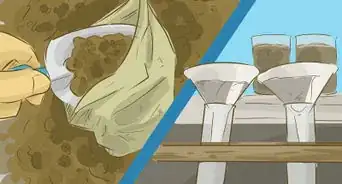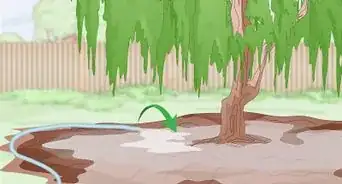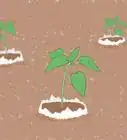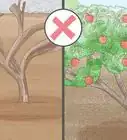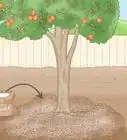This article was co-authored by Ben Barkan and by wikiHow staff writer, Jessica Gibson. Ben Barkan is a Garden and Landscape Designer and the Owner and Founder of HomeHarvest LLC, an edible landscapes and construction business based in Boston, Massachusetts. Ben has over 12 years of experience working with organic gardening and specializes in designing and building beautiful landscapes with custom construction and creative plant integration. He is a Certified Permaculture Designer, is licensed Construction Supervisor in Massachusetts, and is a Licensed Home Improvement Contractor. He holds an associates degree in Sustainable Agriculture from the University of Massachusetts Amherst.
There are 16 references cited in this article, which can be found at the bottom of the page.
This article has been viewed 226,626 times.
If you're mystified by the 3-digit ratio on fertilizer, don't worry! Each number represents a percentage of these 3 nutrients: nitrogen (N), phosphorus (P), and potassium (K).[1] Since the amounts can vary by fertilizer type, it's really useful to know what you're getting when you pick up a product. The label also gives helpful information about how to apply the particular fertilizer, which can help your garden thrive.
Steps
Decoding the Numbers
-
1Look at the first number to see the nitrogen percentage. Most balanced fertilizers contain a high percentage of nitrogen which helps plants make green growth.[2] Adding nitrogen to the soil helps the leaves and shoots grow so it's great for establishing leafy vegetable plants.[3]
- While a balanced fertilizer might be 10-10-10, a fertilizer high in nitrogen would be 6-2-1 or 10-5-5.
-
2Read the second number to find the phosphorus percentage.[4] Plants need phosphorus to put on root growth and the nutrient also helps plants grow flowers or fruit. Phosphorus is great for balanced or all-purpose fertilizers because it allows plants to absorb and use other nutrients. 10-10-10 is a good all-purpose balanced fertilizer.[5]
- Look for phosphorus-rich fertilizers if you're growing root vegetables like beets, carrots, and onions.
Advertisement -
3Check the last number to see the potassium percentage.[6] Think of potassium as a multi-vitamin for your soil. This nutrient is critical for plants' ability to photosynthesize and grow. It's also important for plants that develop fruit or create seeds.[7]
- Potassium keeps your plants healthy and strong so they can tolerate diseases and pests better.
Finding Other Useful Information
-
1Locate the brand and product name at the top of the label. There are a lot of companies that produce fertilizer and each brand makes several varieties, which is why the product name is important. Most product names tell you what the fertilizer is for. You might see "lawn restorer," "potted plants," or "flower and vegetables," for instance.[8]
- If you keep a gardening journal, write down the fertilizer you choose to use during the season. If you are satisfied with it, you'll remember what to buy the next time you need to fertilize.
-
2Check the back of the label if you want to find a specific nutrient. In general, the N-P-K percentages are the most important part of the fertilizer, but if you're looking for a particular secondary nutrient or micronutrient for your plants or vegetables, read the back label. You'll see a list of:[9]
- Secondary nutrients like calcium (Ca), magnesium (Mg), and sulfur (S).
- Micronutrients like chlorine (Cl), iron (Fe), manganese (Mn), boron (B), zinc (Zn), copper (Cu), molybdenum (Mo), sodium (Na), cobalt (Co), silicon (Si), selenium (Se), and nickel (Ni).
-
3Read the directions for applying the fertilizer. The back of the fertilizer should tell you how to spread dry fertilizer or use liquid fertilizer. If you're fertilizing a yard, you'll probably have to measure the area so you know how much product to apply. To find the square footage of your yard, measure the length and the width. Multiply these 2 numbers to find the area that you need to fertilize. Always measure your fertilizer before you apply it to soil or grass.[10]
- The directions will also tell you how long the nutrients are released and when you'll need to reapply more fertilizer.
-
4Look near the bottom of the label to find the weight of the package. Wet and dry fertilizers both give the weight of the package. You might need this information for when you apply the fertilizer.[11]
- For example, if you need to distribute 25 pounds (11 kg) of dry fertilizer pellets over an area, but the bag contains 50 pounds (23 kg), you'll know to use half of the bag.
Choosing a Fertilizer
-
1Test your soil to learn which nutrients it needs.[12] To fertilize effectively, it's important to know what nutrients your soil is low on. To test the soil, send a sample to a local soil testing lab or buy a home test kit. Dry a cup of your soil for about 12 hours and then add a tiny spoonful to each of the beakers that came with your kit. Add solution to each tube and shake it well so you can compare the result with the chart in your kit.[13]
- You might find that your soil is low in nitrogen, high in phosphorus, and has trace amounts of potassium, for instance.
-
2Choose high-nitrogen fertilizers to encourage lawn growth. You might see some fertilizers that have 0 nitrogen, but they contain phosphorus and potassium. Avoid these incomplete fertilizers and buy one that contains nitrogen. This nutrient is crucial for establishing growth in a healthy yard.[14] [15]
- If you don't want to include phosphorus or potassium in the fertilizer, buy an incomplete fertilizer that only lists a nitrogen number.
- Nitrogen is the nutrient that's needed in the largest quantity, and it's often the most deficient.[16]
-
3Buy a balanced fertilizer if you're growing flowers or vegetables. If you're unsure where to begin or just want a good overall fertilizer, try a 10-10-10. This gives a plant nitrogen so it can put on green growth and phosphorus to establish roots. Ensure that the phosphorus percentage is the same or higher than the nitrogen percentage so the plant puts on flowers and fruit instead of just leaves.[17]
- Balanced fertilizers are good for flowers with bulbs like irises, daffodils, and tulips.
- Tomatoes grow well with a balanced fertilizer, since the phosphorus creates healthy roots and the nitrogen helps the plant put on green growth.
-
4Apply fertilizer with potassium to keep your plants healthy. If you've noticed yellowing leaves with curling edges or the plants are producing many root vegetables, it may not be healthy. Repair the cells of the plant by spreading fertilizer that has potassium into the soil. Potassium protects the plant cells from disease and strengthens them so they can put on new growth.[18]
- If your plants have a potassium deficiency, you'll find the damaged leaves closer to the ground or root of the plant.
-
5Choose dry fertilizer to release nutrients over several weeks. The majority of fertilizers for sale are dry, which means you can scatter them over a lawn with a fertilizer spreader or mix them directly into soil. Since it takes longer for dry fertilizer to break down, it delivers nutrients to your soil for a longer period of time than liquid fertilizer does. If you only want to fertilize once or twice during a season, pick dry fertilizer.[19]
- Some dry fertilizers are coated with a material that takes longer to break down so the nutrients are released even slower.
-
6Buy liquid fertilizer if you want to get nutrients to the soil right away. Follow the manufacturer's instructions to dilute the fertilizer either in a watering can or by attaching the canister to a hose. The soil absorbs the nutrients faster, so plants that need immediate nutrients can soak them up quickly.[20]
- Unfortunately, because the soil absorbs the nutrients immediately, they don't last in the soil as long as dry fertilizer.
Expert Q&A
-
QuestionWhat does the numbers 24-8-16 mean on fertilizer?
 Ben BarkanBen Barkan is a Garden and Landscape Designer and the Owner and Founder of HomeHarvest LLC, an edible landscapes and construction business based in Boston, Massachusetts. Ben has over 12 years of experience working with organic gardening and specializes in designing and building beautiful landscapes with custom construction and creative plant integration. He is a Certified Permaculture Designer, is licensed Construction Supervisor in Massachusetts, and is a Licensed Home Improvement Contractor. He holds an associates degree in Sustainable Agriculture from the University of Massachusetts Amherst.
Ben BarkanBen Barkan is a Garden and Landscape Designer and the Owner and Founder of HomeHarvest LLC, an edible landscapes and construction business based in Boston, Massachusetts. Ben has over 12 years of experience working with organic gardening and specializes in designing and building beautiful landscapes with custom construction and creative plant integration. He is a Certified Permaculture Designer, is licensed Construction Supervisor in Massachusetts, and is a Licensed Home Improvement Contractor. He holds an associates degree in Sustainable Agriculture from the University of Massachusetts Amherst.
Garden & Landscape Designer Those numbers stand for the fertilizer's NPK ratio, or nitrogen-phosphorus-potassium ratio. The first number always represents nitrogen, the second always represents phosphorus, and the third always represents potassium.
Those numbers stand for the fertilizer's NPK ratio, or nitrogen-phosphorus-potassium ratio. The first number always represents nitrogen, the second always represents phosphorus, and the third always represents potassium. -
QuestionHow do I choose the right fertilizer?
 Jeremy YamaguchiJeremy Yamaguchi is a Lawn Care Specialist and the Founder/CEO of Lawn Love, a digital marketplace for lawn care and gardening services. Jeremy provides instant satellite quotes and can coordinate service from a smartphone or web browser. The company has raised funding from notable investors like Y Combinator, Joe Montana, Alexis Ohanian, Barbara Corcoran and others.
Jeremy YamaguchiJeremy Yamaguchi is a Lawn Care Specialist and the Founder/CEO of Lawn Love, a digital marketplace for lawn care and gardening services. Jeremy provides instant satellite quotes and can coordinate service from a smartphone or web browser. The company has raised funding from notable investors like Y Combinator, Joe Montana, Alexis Ohanian, Barbara Corcoran and others.
Lawn Care Specialist First you need to consider why you’re fertilizing. Are you looking to achieve growth or do you just need to replenish missing nutrients? The goal you’re trying to accomplish with fertilizing can help you narrow down what type of fertilizer you need.
First you need to consider why you’re fertilizing. Are you looking to achieve growth or do you just need to replenish missing nutrients? The goal you’re trying to accomplish with fertilizing can help you narrow down what type of fertilizer you need. -
QuestionIf I live in the eastern United States, what percentages of N-P-K fertilizer should be used during spring, summer and fall, and how often should I use it?
 Community AnswerIt depends on what crops you are growing and how much phosphorus and potassium are already present in the soil. The best thing to do is contact your local county extension agent to inquire about submitting a soil test.
Community AnswerIt depends on what crops you are growing and how much phosphorus and potassium are already present in the soil. The best thing to do is contact your local county extension agent to inquire about submitting a soil test.
Warnings
- Always store fertilizer out of the reach of children.[22]⧼thumbs_response⧽
- Never apply fertilizer directly to a plant's leaves or you could burn them.[23]⧼thumbs_response⧽
- Apply only as much fertilizer as the package recommends since overfertilizing can damage your lawn or plants.[24] Overfertilizing can also lead to problems with the nearby ecosystem.[25]⧼thumbs_response⧽
References
- ↑ Ben Barkan. Garden & Landscape Designer. Expert Interview. 14 April 2020.
- ↑ Ben Barkan. Garden & Landscape Designer. Expert Interview. 14 April 2020.
- ↑ https://today.oregonstate.edu/news/know-what-your-plants-need-fertilizing
- ↑ Ben Barkan. Garden & Landscape Designer. Expert Interview. 14 April 2020.
- ↑ https://today.oregonstate.edu/news/know-what-your-plants-need-fertilizing
- ↑ Ben Barkan. Garden & Landscape Designer. Expert Interview. 14 April 2020.
- ↑ https://ag.umass.edu/cafe/fact-sheets/fertilizing-flower-gardens-avoid-too-much-phosphorus
- ↑ https://youtu.be/QBAGC1MoASk?t=65
- ↑ https://secure.caes.uga.edu/extension/publications/files/pdf/C%201058-2_1.PDF
- ↑ https://www.orangecountyfl.net/Portals/0/Library/Environment/docs/Fertilizer%20Application%20Online%20Course%202017%20enabled%20for%20inhouse%20quiz-CERT.pdf
- ↑ http://www.rs.uky.edu/regulatory/fertilizer/consumer/How%20To%20Read%20a%20Fertilizer%20Label.pdf
- ↑ Jeremy Yamaguchi. Lawn Care Specialist. Expert Interview. 21 January, 2020.
- ↑ https://youtu.be/QBAGC1MoASk?t=39
- ↑ https://extension.umaine.edu/publications/2154e/
- ↑ Ben Barkan. Garden & Landscape Designer. Expert Interview. 14 April 2020.
- ↑ Ben Barkan. Garden & Landscape Designer. Expert Interview. 14 April 2020.
- ↑ https://today.oregonstate.edu/news/know-what-your-plants-need-fertilizing
- ↑ https://keys.lucidcentral.org/keys/sweetpotato/key/Sweetpotato%20Diagnotes/Media/Html/TheProblems/MineralDeficiencies/PotassiumDeficiency/K%20deficiency.htm
- ↑ https://www.chicagotribune.com/consumer-reviews/sns-bestreviews-lawn-three-best-garden-fertilizers-20190430-story.html
- ↑ https://www.chicagotribune.com/consumer-reviews/sns-bestreviews-lawn-three-best-garden-fertilizers-20190430-story.html
- ↑ https://pender.ces.ncsu.edu/2020/03/which-fertilizer-is-best/
- ↑ https://www.colorado.gov/pacific/cdphe/household-fertilizers
- ↑ https://www.lammscape.com/wp-content/uploads/2020/03/Lammscapes_Fertilizing_Guidelines.pdf
- ↑ https://ashlandva.gov/DocumentCenter/View/486/yard-care?bidId=
- ↑ Ben Barkan. Garden & Landscape Designer. Expert Interview. 14 April 2020.

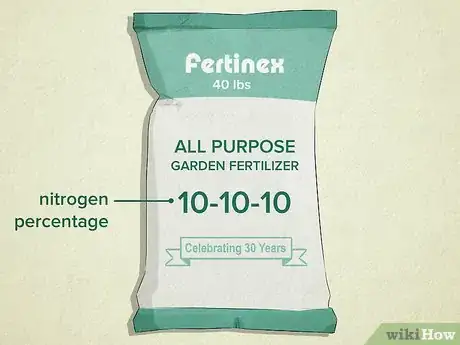

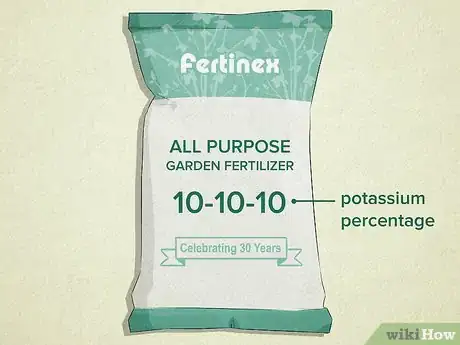
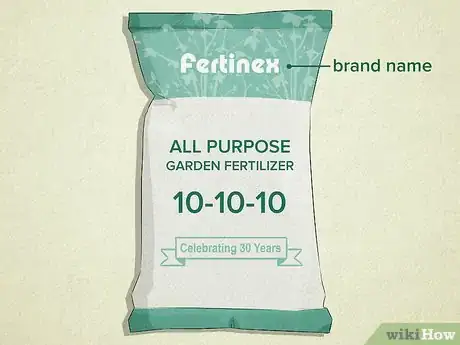
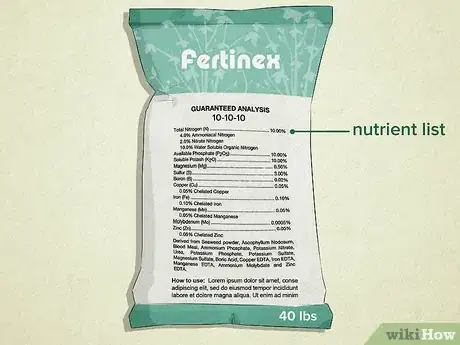

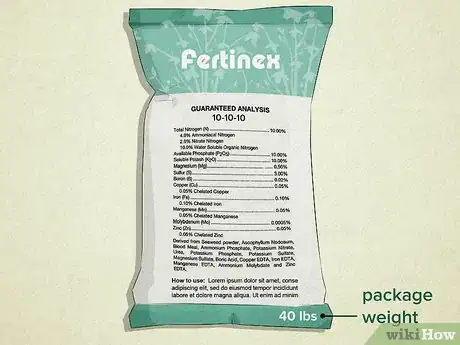





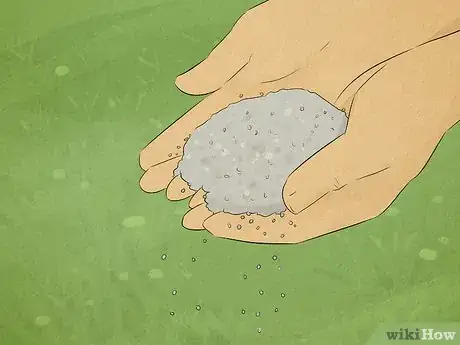
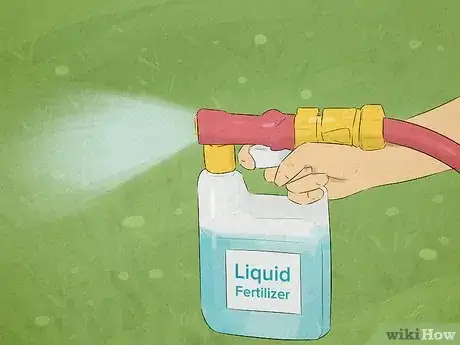
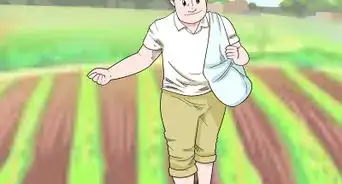
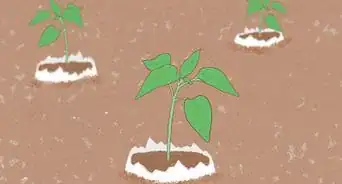
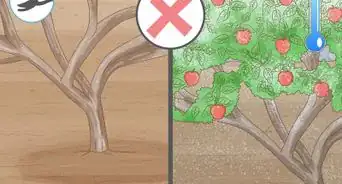
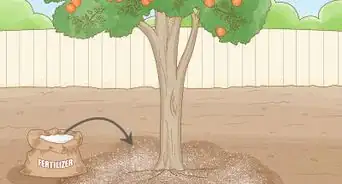
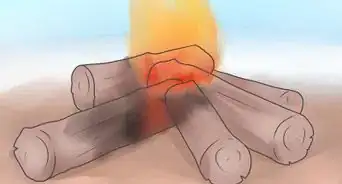

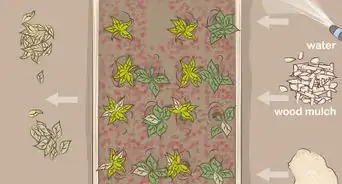
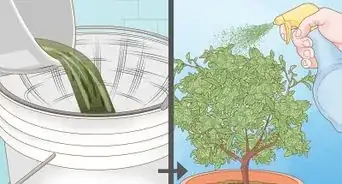
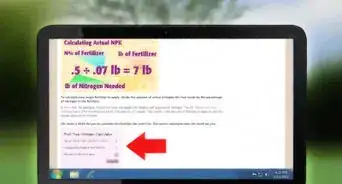
-Step-10-Version-3.webp)

